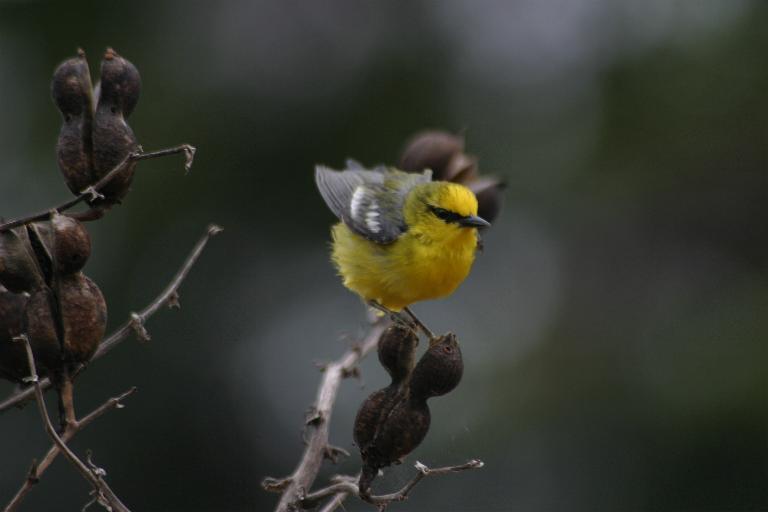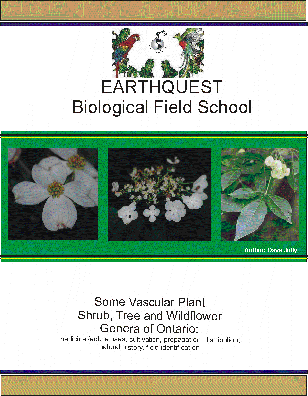
|
 International Field Biology Training (FBT) Program Bird workshop This is one of our newest courses offered to meet the demands in the environmental industry of well qualified people who can visually field identify birds to species level within 5 seconds or less. It is an intensive 3 hour session focused exclusively on bird species field ID, which is Level 3 (Level 1 is family identification, Level 2 is genera identification); differentiation between confusing sound-a-like or look-a-like birds, where 1 is a provincially or federally listed Species at Risk (SAR) eg. Black-and-white warbler vs. endangered Prothonotary warbler. Approximately, 20 - 25 of the most confusing birds are covered including;
i. Where and how to look while performing field investigations This workshop is highly recommended for consultants or those involved with conducting field surveys on bird populations. We would also be open to the possibility of covering material that you may want more information about - eg. how to perform field surveys so that they optimize time and budget constraints along with staff skills. We can also do the same with plants - eg. a 4 hour workshop to natural areas to learn 18 - 25 species of SAR plants - eg. Crooked stemmed aster (Aster prenanthoides); S2/THR/THR, American ginseng (Panax qinquefolius), S3/END, Soft hairy false gromwell (Onosmodium molle); S2, etc. An excellent way to learn some SAR plants which you may come across during field surveys in a short time! Perhaps you should consider a plant + bird workshop, which can easily be done on a weekend, so it doesn't interfere with work hours. We must warn students that these field site visits often venture into tick infested areas, so please be advised that you must take precautions to reduce your chances of contracting Lyme disease. It is recommended that you also enroll in the following courses to enhance your chances of becoming more attractive to employers as these plant courses do show up on many job postings
Level 1 & 2 terrestrial plant courses For a complete description of the core International FBT Program courses, specialty and correspondence courses please download International FBT Program Courses
Date: August 17, 2019
Registration: August 1, 2019
$25.00 CAD + shipping and handling Photo: Peter Skrypnyk for more information please click on; Google books Once purchased simply download your book from our website. To purchase your copy of this book via Paypal please click on;
D. Jolly, B.Sc.
| ||||||

